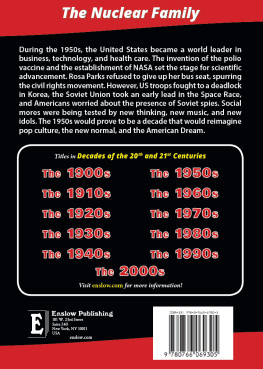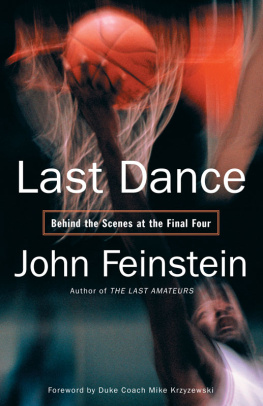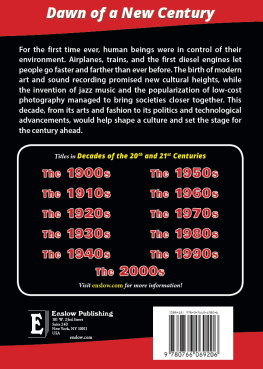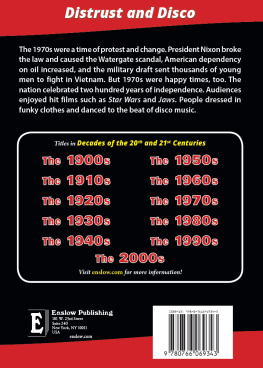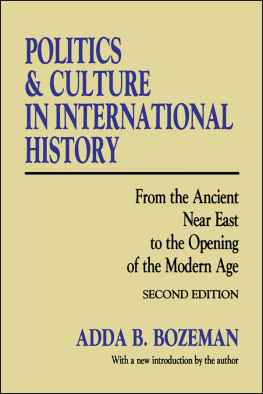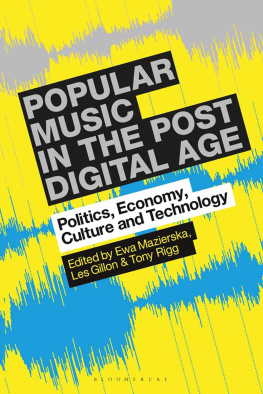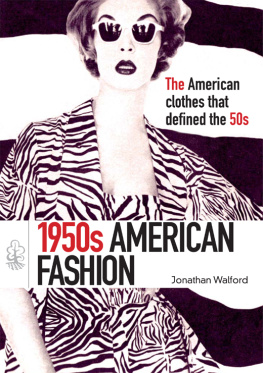Feinstein - The 1950s
Here you can read online Feinstein - The 1950s full text of the book (entire story) in english for free. Download pdf and epub, get meaning, cover and reviews about this ebook. City: United States, year: 2016, publisher: Enslow Publishing, LLC, genre: History. Description of the work, (preface) as well as reviews are available. Best literature library LitArk.com created for fans of good reading and offers a wide selection of genres:
Romance novel
Science fiction
Adventure
Detective
Science
History
Home and family
Prose
Art
Politics
Computer
Non-fiction
Religion
Business
Children
Humor
Choose a favorite category and find really read worthwhile books. Enjoy immersion in the world of imagination, feel the emotions of the characters or learn something new for yourself, make an fascinating discovery.
The 1950s: summary, description and annotation
We offer to read an annotation, description, summary or preface (depends on what the author of the book "The 1950s" wrote himself). If you haven't found the necessary information about the book — write in the comments, we will try to find it.
The 1950s — read online for free the complete book (whole text) full work
Below is the text of the book, divided by pages. System saving the place of the last page read, allows you to conveniently read the book "The 1950s" online for free, without having to search again every time where you left off. Put a bookmark, and you can go to the page where you finished reading at any time.
Font size:
Interval:
Bookmark:


Published in 2016 by Enslow Publishing, LLC.
101 W. 23rd Street, Suite 240, New York, NY 10011
Copyright 2016 by Enslow Publishing, LLC.
All rights reserved.
No part of this book may be reproduced by any means without the written permission of the publisher.
Library of Congress Cataloging-in-Publication Data
Feinstein, Stephen.
The 1950s / Stephen Feinstein.
pages cm. (Decades of the 20th and 21st centuries)
Includes bibliographical references and index.
Summary: Discusses the decade 1950-1959 in the United States in terms of culture, art, science, and politics Provided by publisher.
Audience: Grade 9 to 12.
ISBN 978-0-7660-6930-5
1. United StatesCivilization1945Juvenile literature. 2. United StatesPolitics and government1953-1961Juvenile literature. 3. United StatesPolitics and government1945-1953 Juvenile literature. 4. Nineteen fiftiesJuvenile literature. I. Title.
E169.12.F4469 2015
973.918dc23
2015010947
Printed in the United States of America
To Our Readers: We have done our best to make sure all Web sites in this book were active and appropriate when we went to press. However, the author and the publisher have no control over and assume no liability for the material available on those Web sites or on any Web sites they may link to. Any comments or suggestions can be sent by e-mail to .
Photo Credits: AFP/Getty Images, p..
Cover Credits: Archive Photos/Stringer/Getty Images (Elvis Presley); Michael Ochs Archives/Getty Images (Marilyn Monroe); Oxford Science Archive/Print Collector/Getty Images (astronauts); Underwood Archives/Archive Photos/Getty Images (Rose Parks on bus).
Contents
Introduction
Pop Culture, Lifestyles, and Fashion
Entertainment and the Arts
Sports
National and International Politics
Advances in Science, Technology, and Medicine
Conclusion
Timeline
Glossary
Further Reading
Index
Introduction
During the 1950s, Americans experienced a wave of prosperity. After the previous two decades, which had been marked by a world war and economic disaster, the 1950s seemed like a relief. Many Americans were able to build careers and raise their families comfortably. Jobs were plentiful. More Americans could realize the American dreama home of their ownperhaps in one of the new suburbs springing up all over the country.
Americans had earned the right to enjoy their newfound affluence. World War IIthat enormous conflict that ended in 1945had changed the world forever. In the years that followed, while Europe and Asia struggled to rebuild, America emerged from the war stronger than ever. The United States helped its alliesand even its former enemiesto recover. America also grew into a superpower with the influence and resources to lead other nations.
There was another superpower in the 1950s: the Soviet Union. The United States and the Soviet Union had been allies during World War II, but their alliance did not last long. The two nations held vastly different beliefs. The Soviet Union was based on a political ideology called communism, which Soviet leaders wanted to spread around the world. Under communism, all people were supposed to work together for the common good. No single person owned property; instead, everyone shared it. To make communism function, the Soviet government forced its citizens to follow many restrictive rules that did not allow them to live freely.
This system clashed sharply with the American ideals of liberty and independence. The Soviet goal of spreading communism around the world worried many Americans. They feared that communist spies were living among them. Soon, a bitter rivalry grew between the United States and the Soviet Union. Each tried to gain an advantage over the other, and each sought out other countries to serve as allies. The superpowers also built huge armies in case of war. Yet both sides knew that a war between them would be extremely dangerous. America and the Soviet Union both possessed nuclear weapons that, if used, might wipe out all of humanity.
The two superpowers carefully avoided a direct conflict but found other ways to fight. Their struggle came to be known as the Cold War, and it would last more than four decades.
American and Soviet diplomats argued in the United Nations, which faced its first Cold War crisis in 1950. The Soviet Union ally North Korea invaded the US ally South Korea. United Nations troops from around the world went to Korea to stop them. The bloody Korean War would drag on for three years.
While American and other soldiers fought in Korea, changes were taking place in the United States. African Americans were demanding equal rights. Teens danced to a new music called rock n roll. Men and women were getting married and having children at a high rate, which is a phenomenon known as the baby boom. These events would reshape American society. Trends that began in the 1950s still affect the nation today. This decade would go down in history as one of sharp contrasts and unique happenings.

Soldiers came home from World War II ready to begin their lives.
Pop Culture, Lifestyles, and Fashion
In contrast to the years of economic hardship during the Great Depression of the 1930s and the strict rationing of goods during the years of World War II, the 1950s were a time of consumerism.
A Nation of Consumers
A consumer-oriented lifestyle was developing among the rapidly growing middle class. All sorts of things were now available to Americans. Many people now had money to spend on television sets and household appliances, such as refrigerators, dishwashers, and washing machines. Americans by the millions also bought cars. And the ultimate goal of the American dreamhome ownershipwas now also within reach of a great many Americans.
To make it easier and more convenient for American consumers to spend their money, some businesses during the 1950s began offering credit cards. Diners Club provided the first credit card. Diners Club was formed by Frank X. McNamara, an attorney. One day in 1950, McNamara was embarrassed when he found himself short of cash after eating dinner in a restaurant. The Diners Club credit card allowed club members to dine at twenty-seven New York City restaurants. Instead of having to carry cash around, Diners Club members only had to show a Diners Club credit card. American Express began issuing credit cards in 1958. More than 250,000 Americans eagerly signed up for the credit cards during one three-month period. Bank of America then jumped on the bandwagon by issuing BankAmericards, which later became Visa. Todays MasterCard grew out of credit cards issued by banks in Chicago and California.

Frank X. McNamara founded the Diners Club charge card.

With postwar prosperity came 1950s consumerism. Both jobs and goods were plentiful, and Americans enjoyed their newfound purchasing power.
Font size:
Interval:
Bookmark:
Similar books «The 1950s»
Look at similar books to The 1950s. We have selected literature similar in name and meaning in the hope of providing readers with more options to find new, interesting, not yet read works.
Discussion, reviews of the book The 1950s and just readers' own opinions. Leave your comments, write what you think about the work, its meaning or the main characters. Specify what exactly you liked and what you didn't like, and why you think so.

